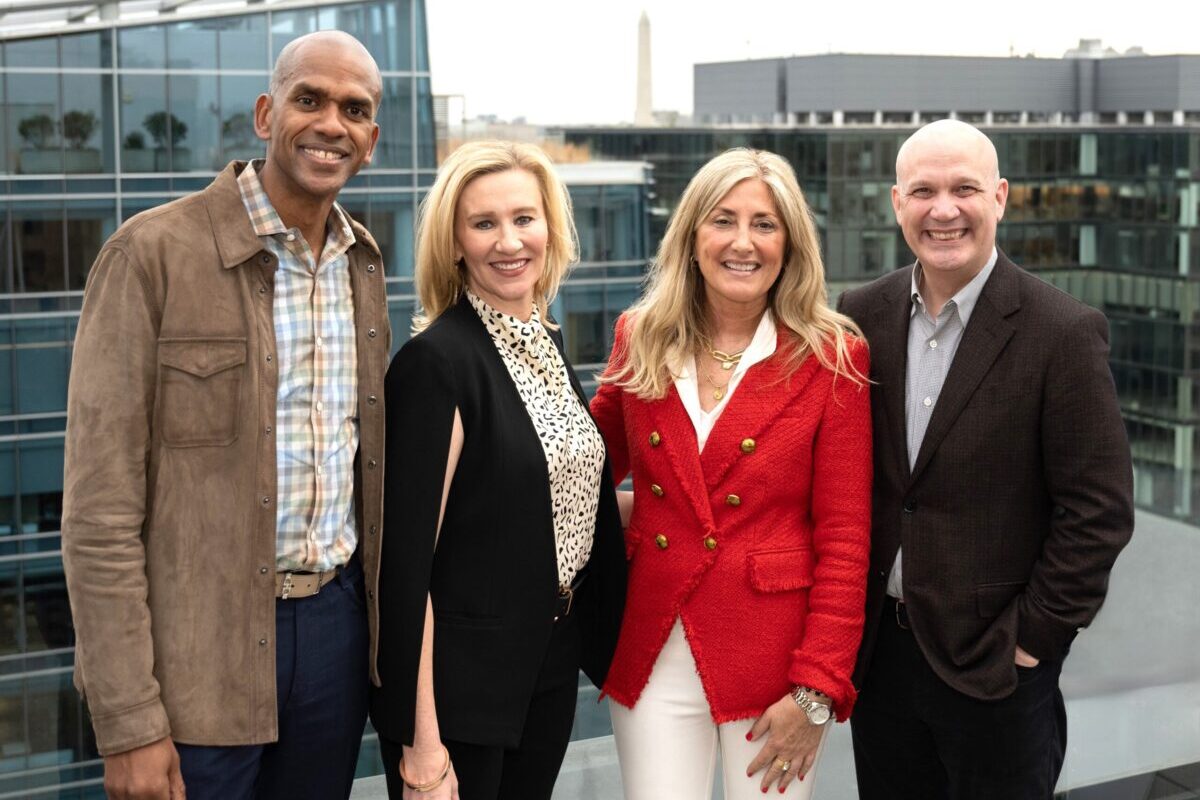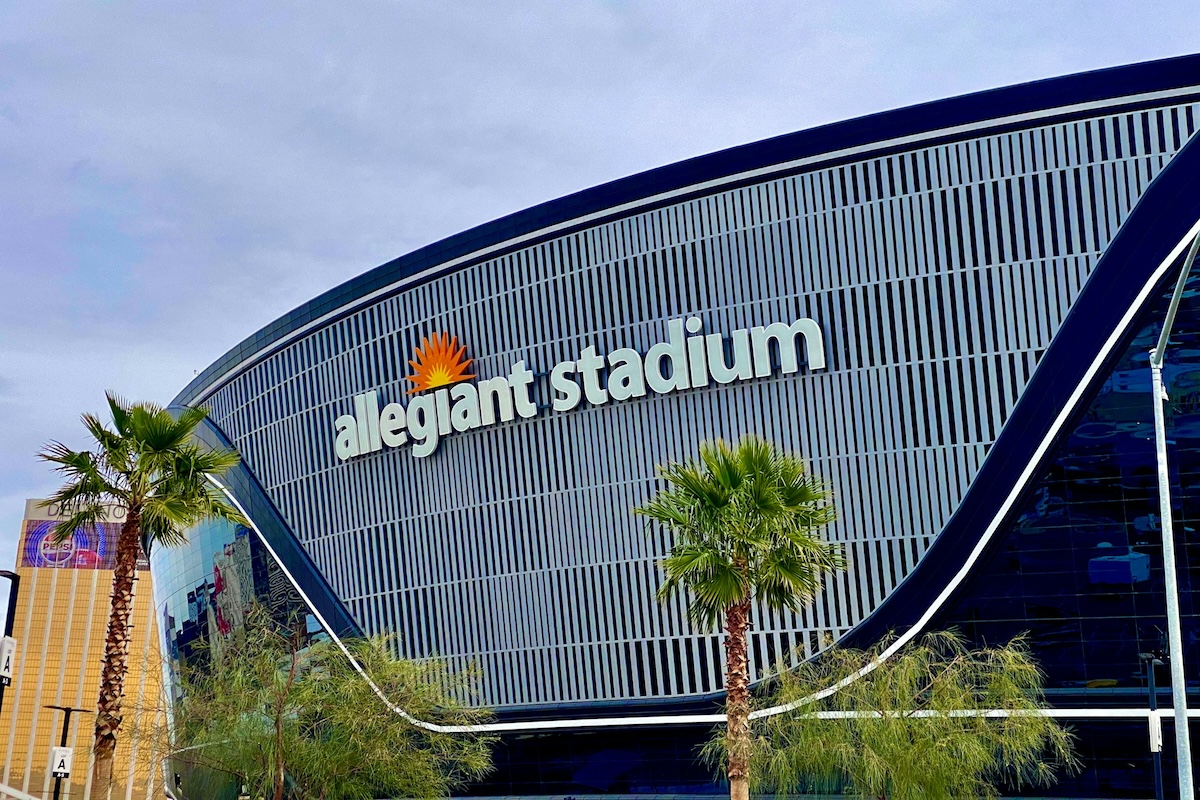Mistake #1: Starting Too Late
Budget is approved. Venue is booked. Agenda is set. Now what about the “green” stuff? Because sustainability is still a new idea for events, it’s common to add it into our process late, after most critical decisions have been made.
The drawback of this approach is that it reduces the value sustainability can present. Consider the potential benefits of asking these questions early:
– Could we increase member or customer engagement by adding remote attendance options and new technology?
– What is the best location to “meet close” and reduce the time people spend away from their families, in addition to their costs and carbon footprint to attend?
– Can we activate a sustainability sponsorship to increase our budget and event services?
– Could we recover some costs for organic food or carbon offsets if we integrate them into ticket prices or meal plans?
– Access, affordability and availability being equal, which hotel venue has the best environmental practices? And if our chosen vendor doesn’t have strong practices, could we negotiate sustainability services into our contract?
By putting sustainability at the front-end of the planning process suddenly new possibilities open. And some of the frustrations often associated with starting too late—like not getting what we want—are eliminated or reduced.
Mistake #2: Putting Practice Before Purpose and Process
When I started doing green events I had a lot of checklists and they were often very long. So long that by the end of an event I had checked hundreds of boxes. It was exhausting, time-consuming and left me with a feeling I wasn’t really getting anywhere.
Sustainable events became a much more effective process when I stopped solely looking at the minutia of practices, and focused on the intention of the process as well. Suddenly things got goal-oriented. And creativity blossomed.
Instead of running around checking the box that recycling was in place, buffets had non-packaged butters and no polystyrene was used, I was focused on what contributed to less solid waste overall. And things became more interesting. A game, even!
Processes shifted toward more succinct goals, team involvement, action planning to achieve goals and a clearer way to evaluate success. Sure checklists were involved. But rather than being a restrictive burden, checklists supported an overall intention that was understood by all, including how we would measure performance as a team. And this purpose could be re-iterated in procurement systems, human resource development, reporting and other core planning processes. Making the effort more effective.
Read more about developing an event sustainability policy and process here.
Mistake #3: Communicating Too Vaguely About Things We Don’t Understand
We use a lot of buzz-words in the green event world: zero-waste, carbon neutral, legacy, corporate social responsibility and others. Over the years I’ve found they can mean different things to different people.
We also don’t often understand the technical meaning of the words we do use that have clear definitions. We mix up recyclable products with recycled content products, for example.
It is therefore very important to be specific about green event practices, especially when communicating them to suppliers and participants. Not doing so exposes events to risk, and can lead to misunderstandings and disappointment.
Consider the situation of a planner who pays an additional fee to use biodegradable service ware for an event. He adds a note about this to his green event web page so attendees are aware. During lunch, an attendee snaps a photo of a landfill bin overflowing with plates, cups and cutlery and shares it via Twitter, citing #wasteful. Embarrassed, the planner asks the caterer why the service ware is not being composted. Only to learn the biodegradable service ware is not accepted for composting locally, and must be landfilled, and if he wanted the service ware to be composted he needed to buy compostable and not just biodegradable items.
Avoid this kind of disappointment by being clear what you mean when you ask for green products and services and communicate with participants. Also, make sure you filter your event marketing for greenwashing.
Mistake #4: Putting Data Before Stories
I confess, I am a bit of a data nerd when it comes to green events. Crunching numbers that help show the quantifiable impact of green event steps is what I enjoy the most about the process.
It has taken me a long time to learn that sustainability is better spoken with stories, supported by good numbers. While there are always a few number nerds in the crowd like me, there are typically more people seeking emotional return on investment in sustainability that is best delivered by sharing stories that have human interest.
For example, I might gravitate to letting participants know 100% of a gala dinner is locally sourced. They might think that is good. But what really makes them think it is excellent is when they can see a short video before their meal that introduces the farmer and his family who raised their meal, the chef who prepared it, and staff who are serving it.
So do focus on the numbers, but don’t sell sustainable event efforts short by forgetting to share stories.
In Conclusion
Over the years I’ve made a lot of mistakes when it comes to sustainable event efforts. More often than not they happened because I didn’t know what I didn’t know, and had to learn the hard way. What lessons have you learned that others might appreciate avoiding?





